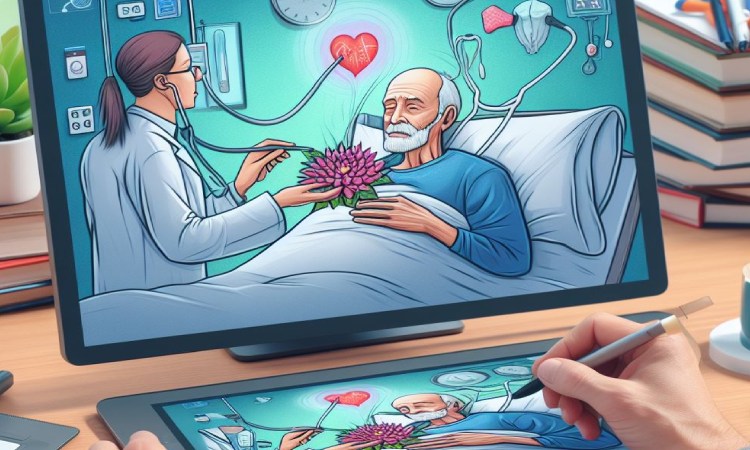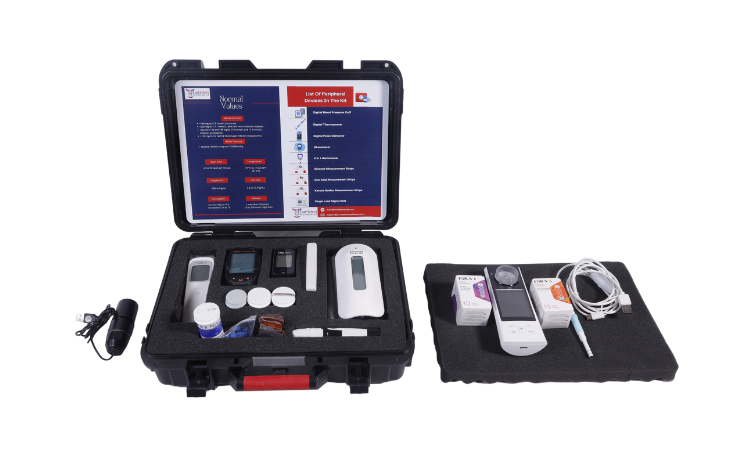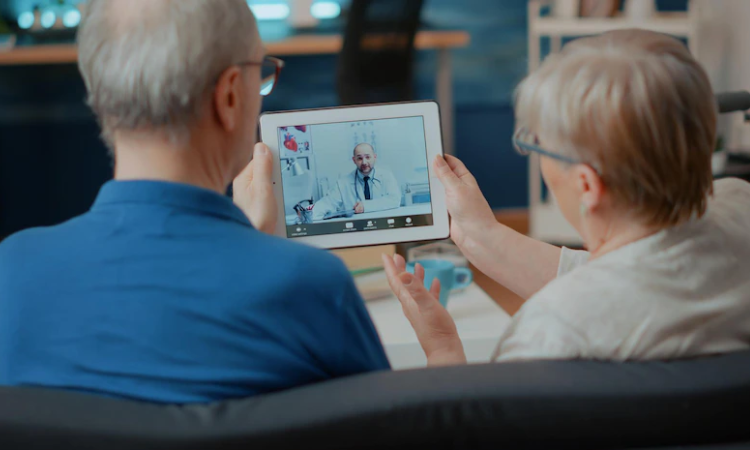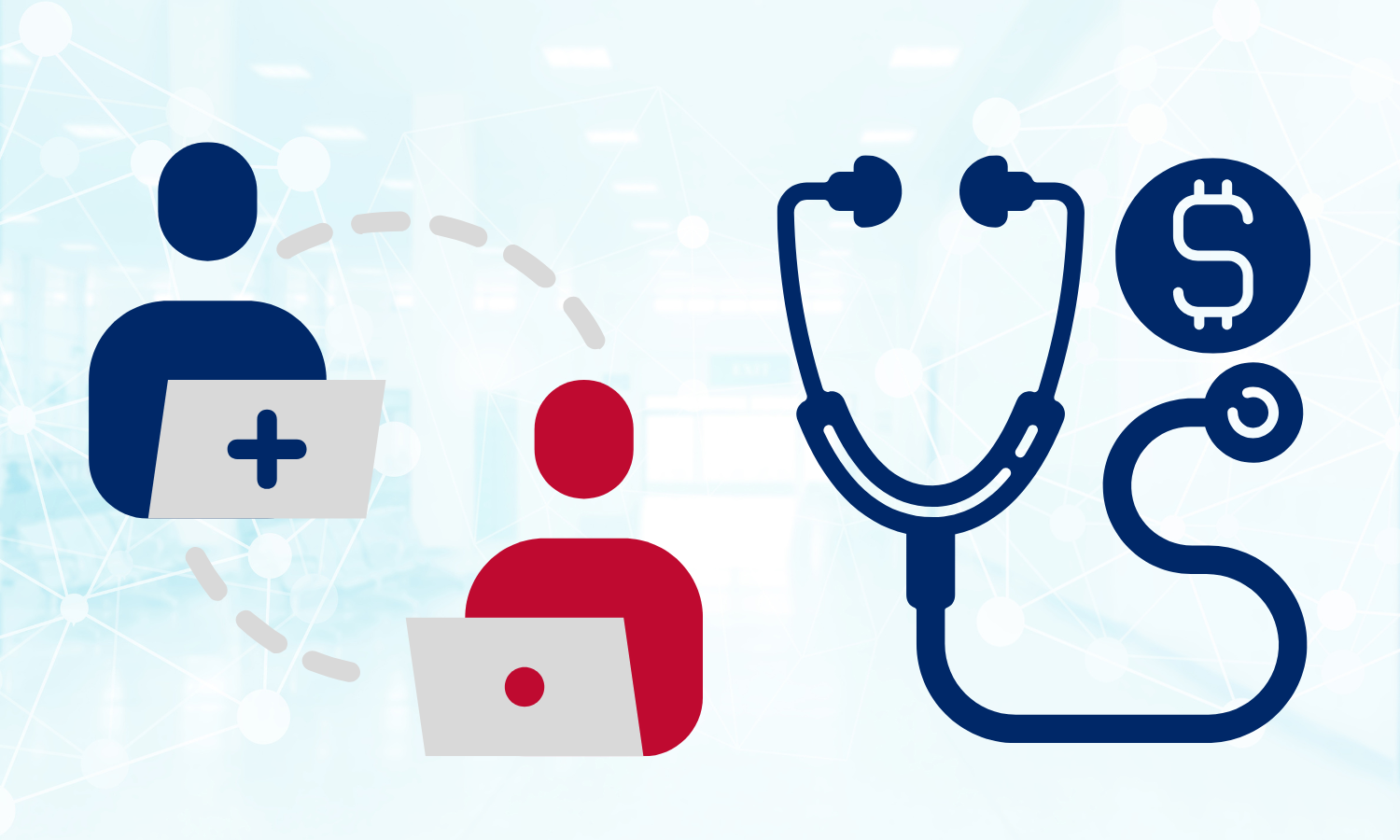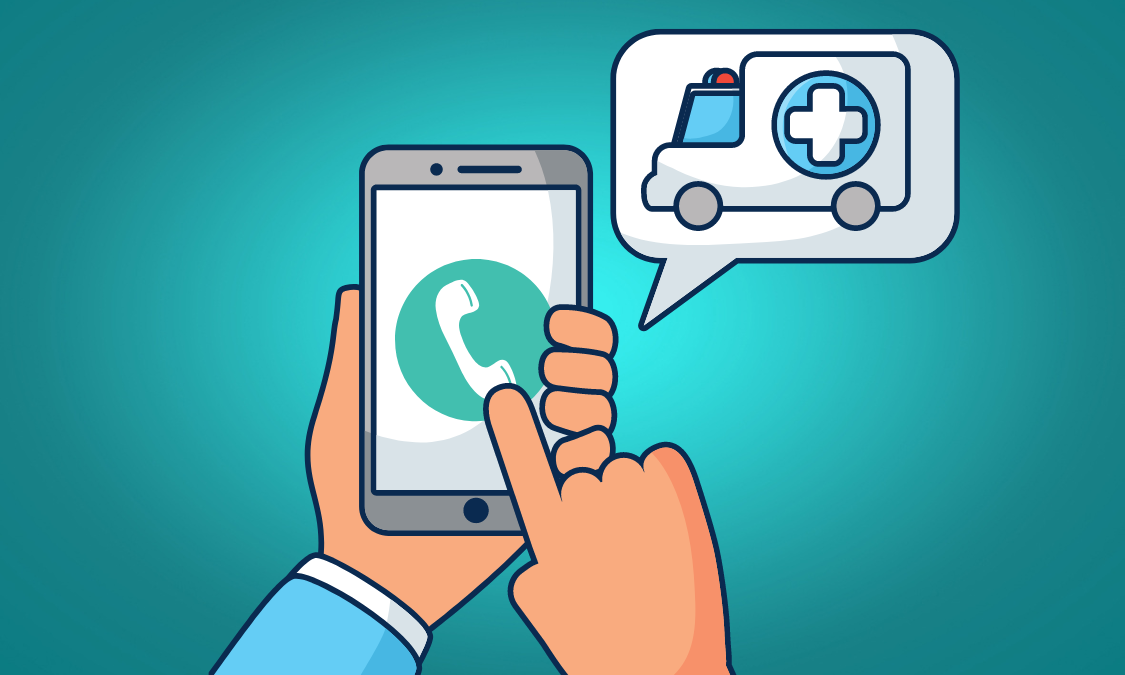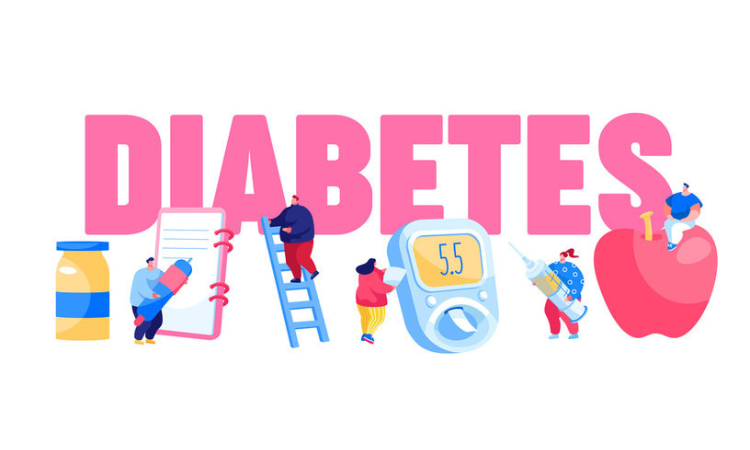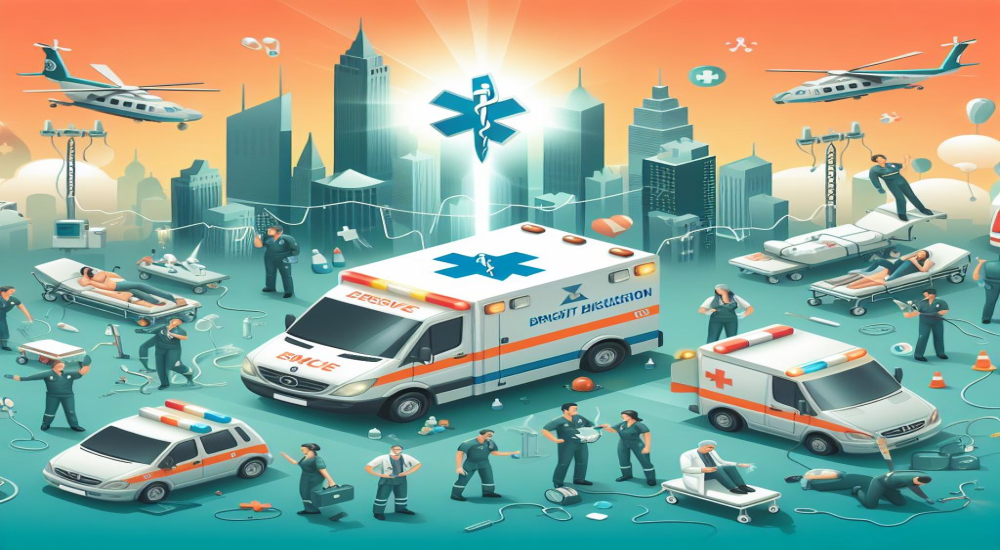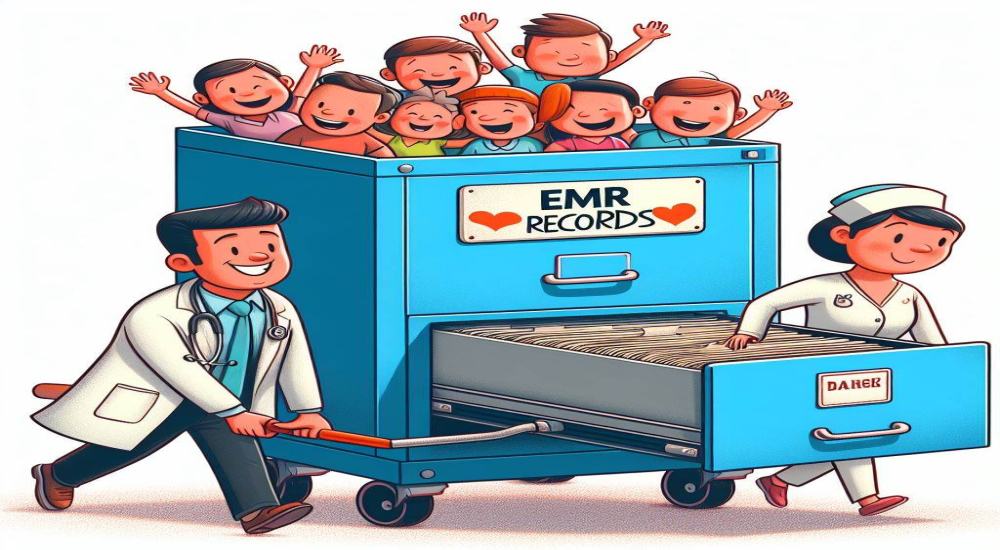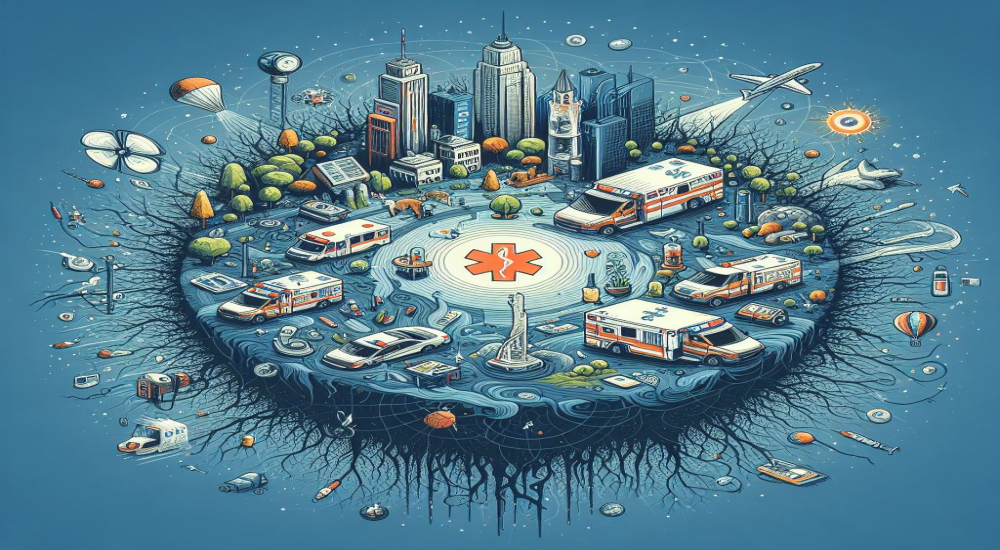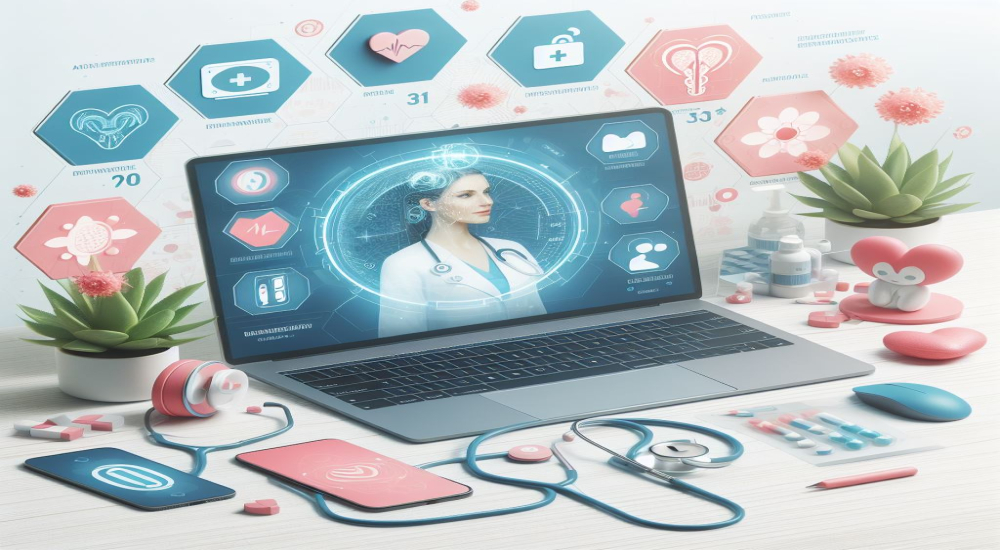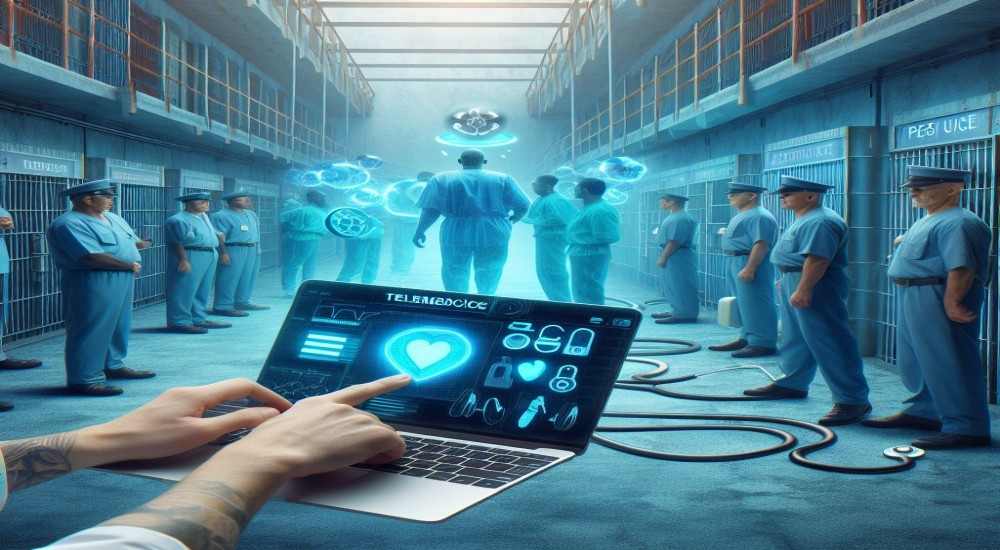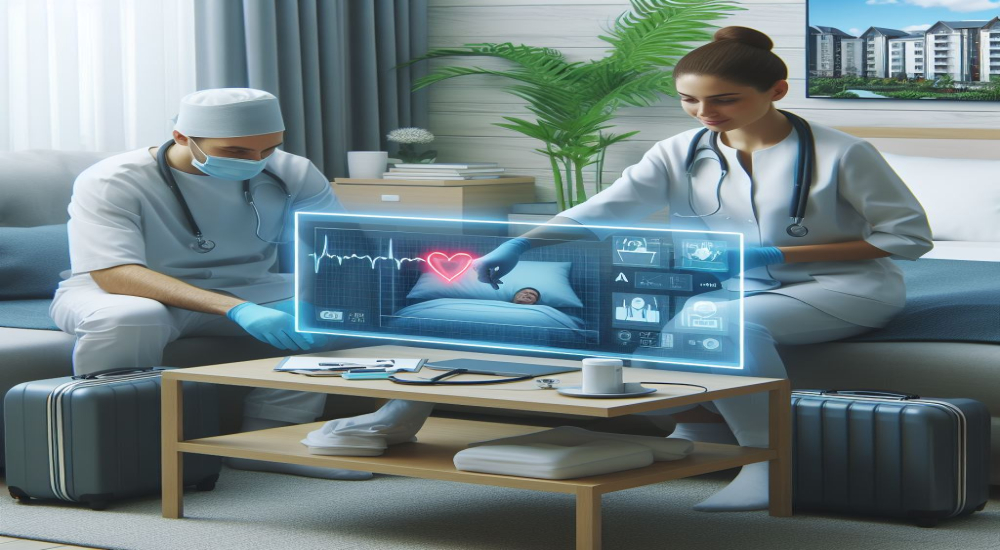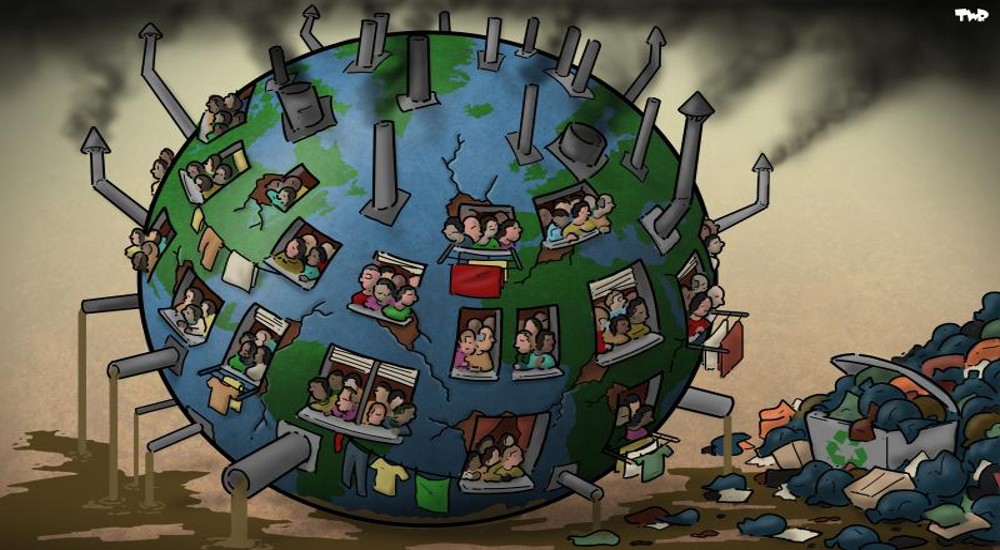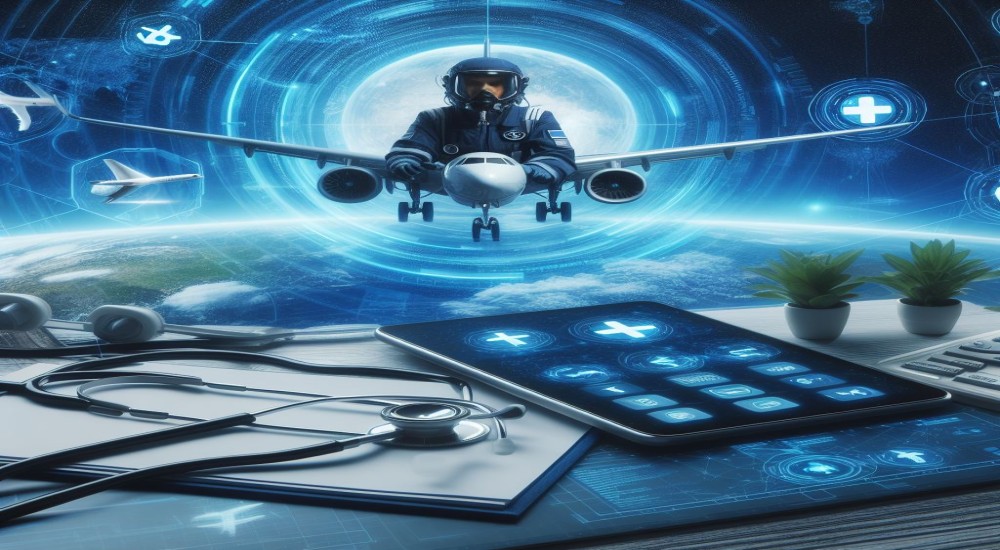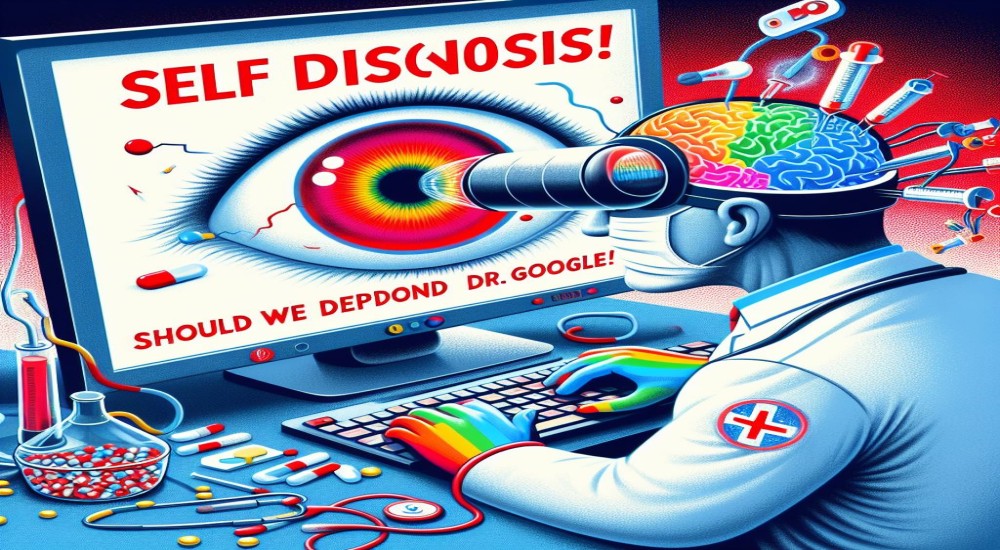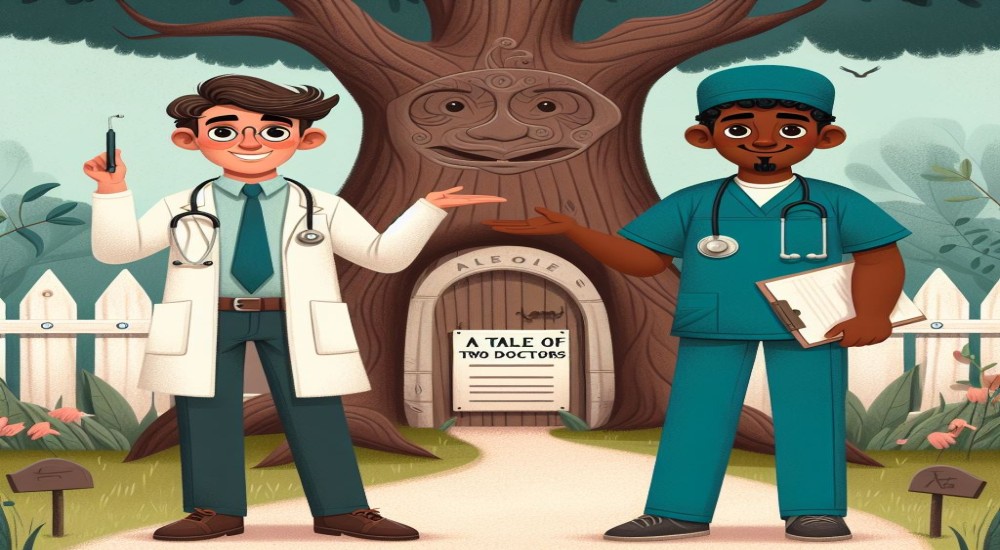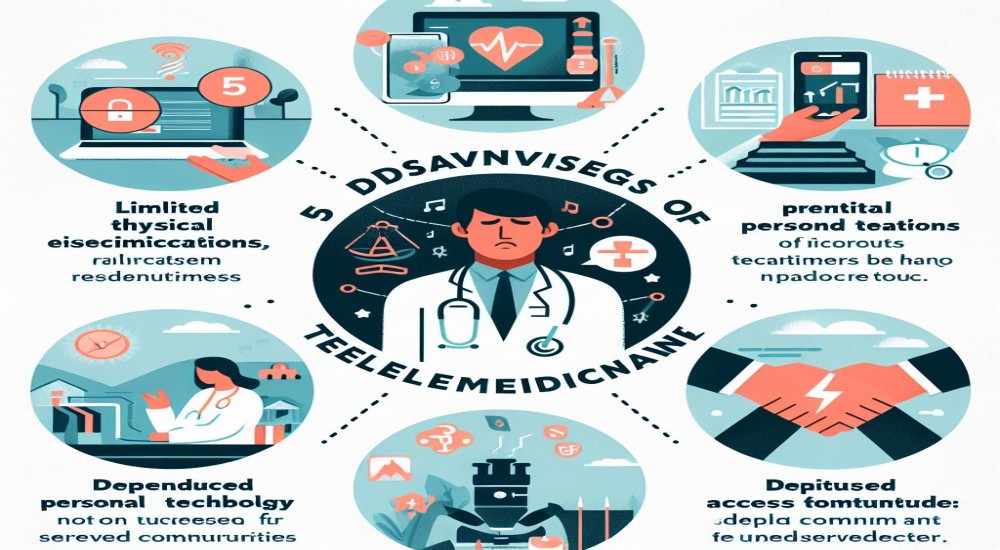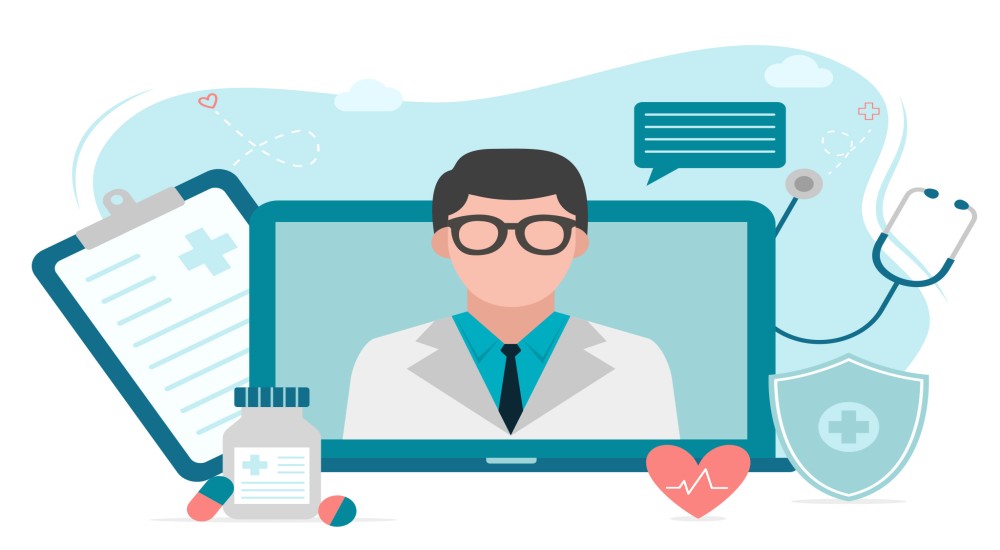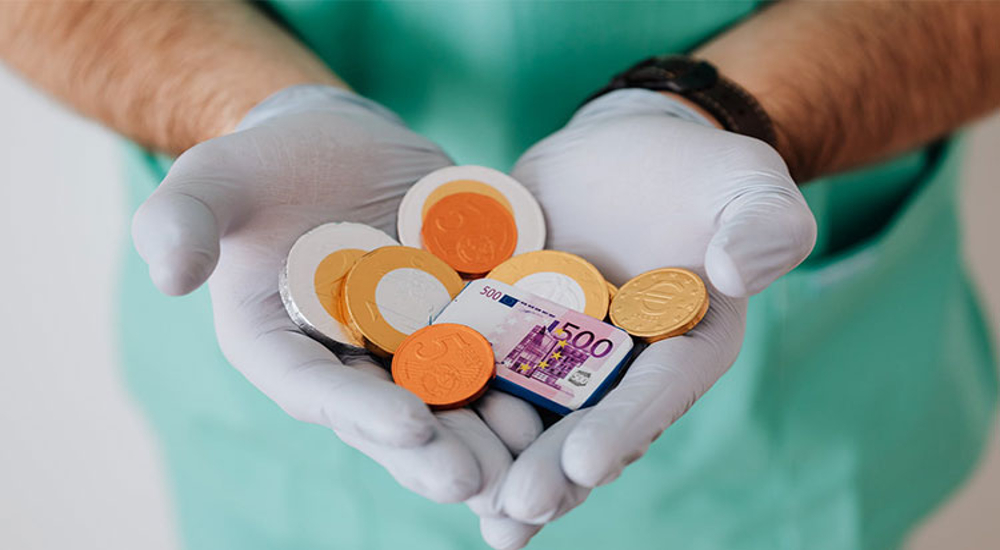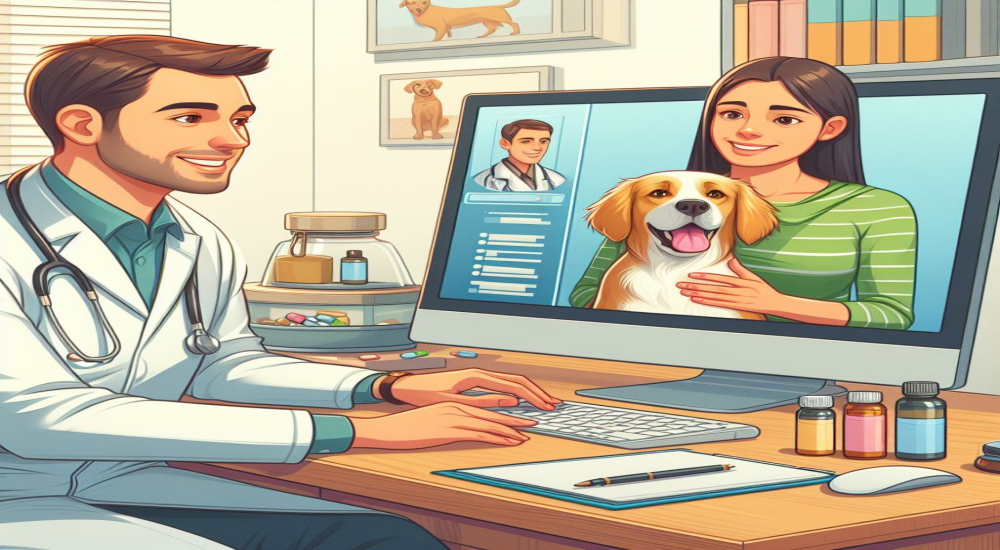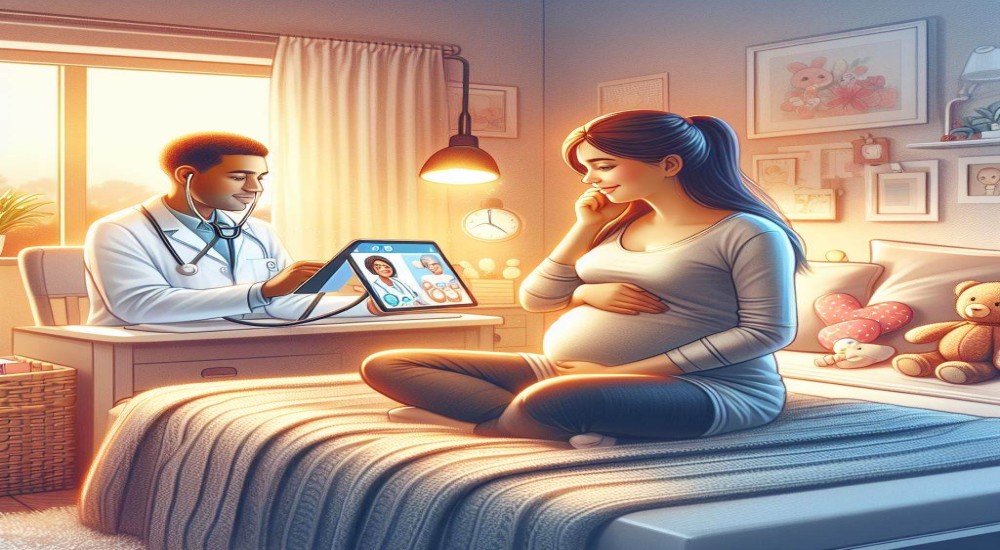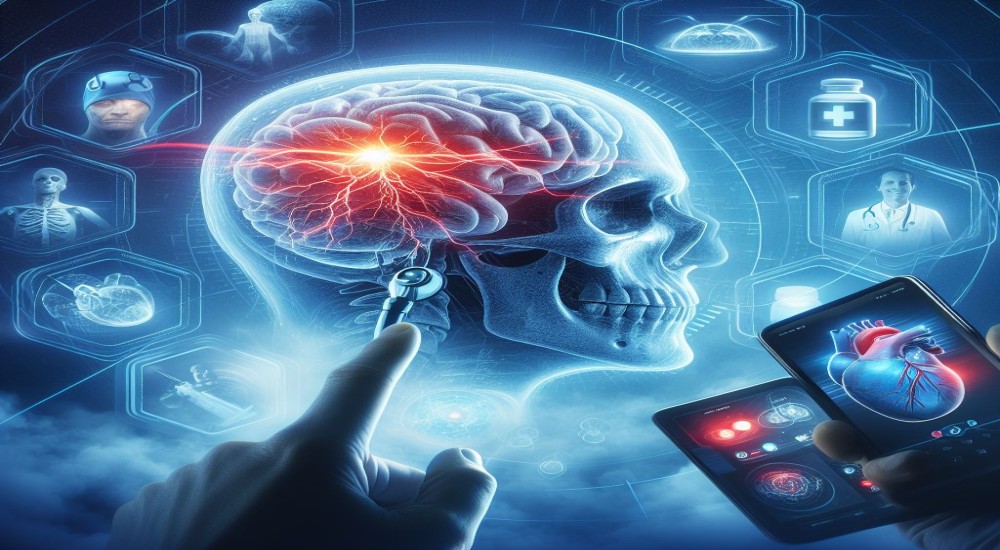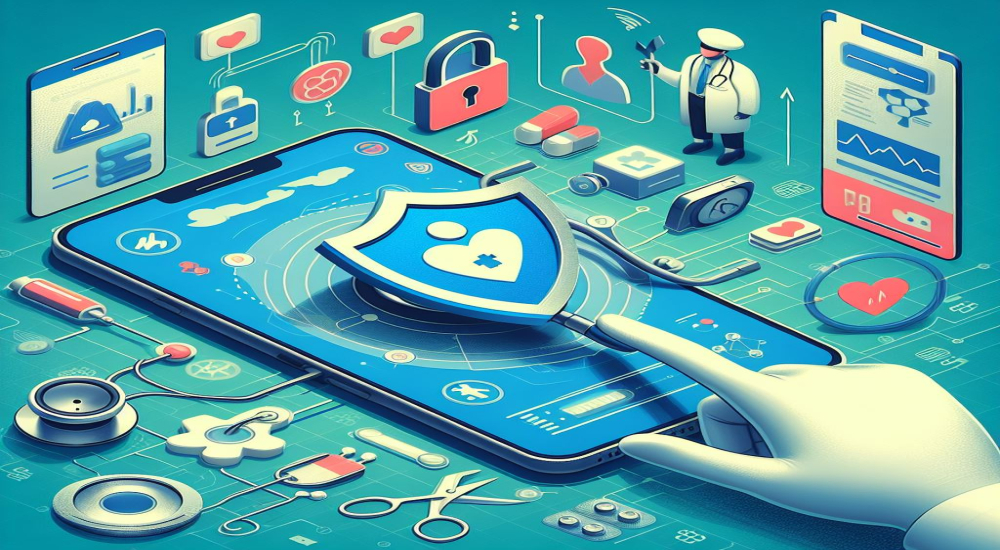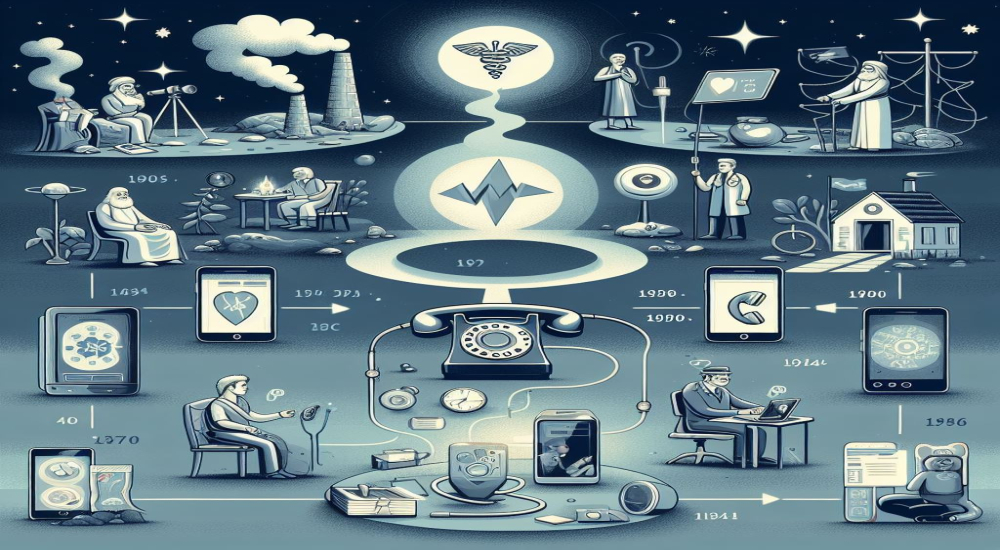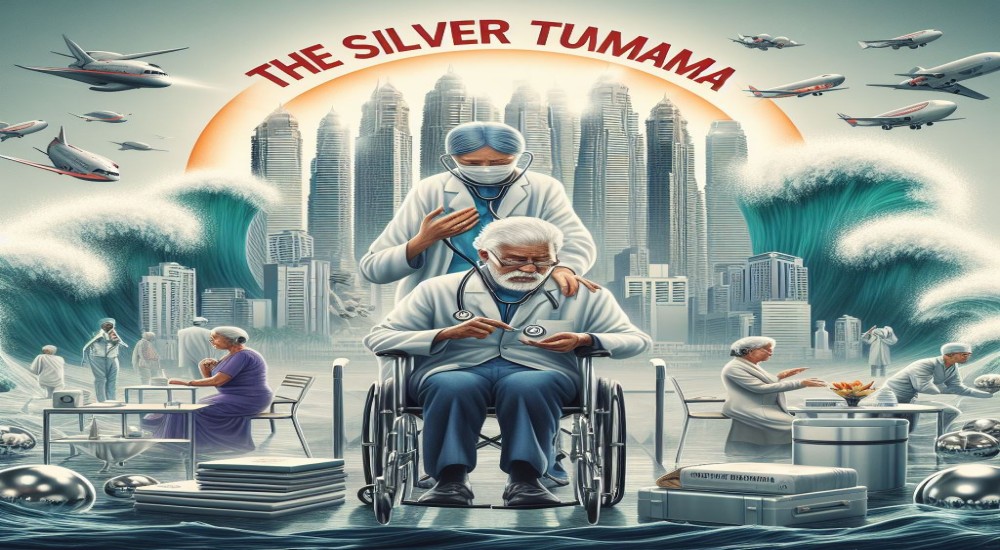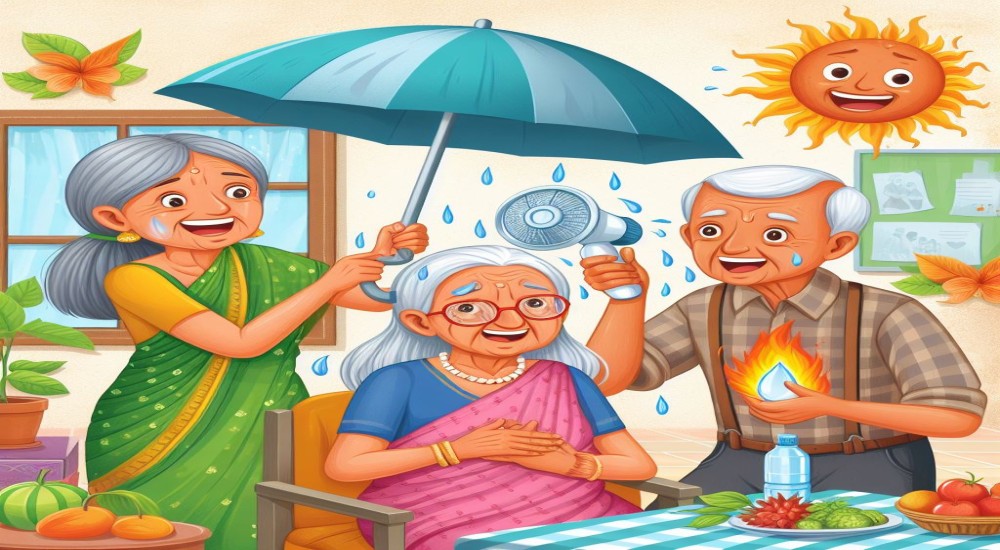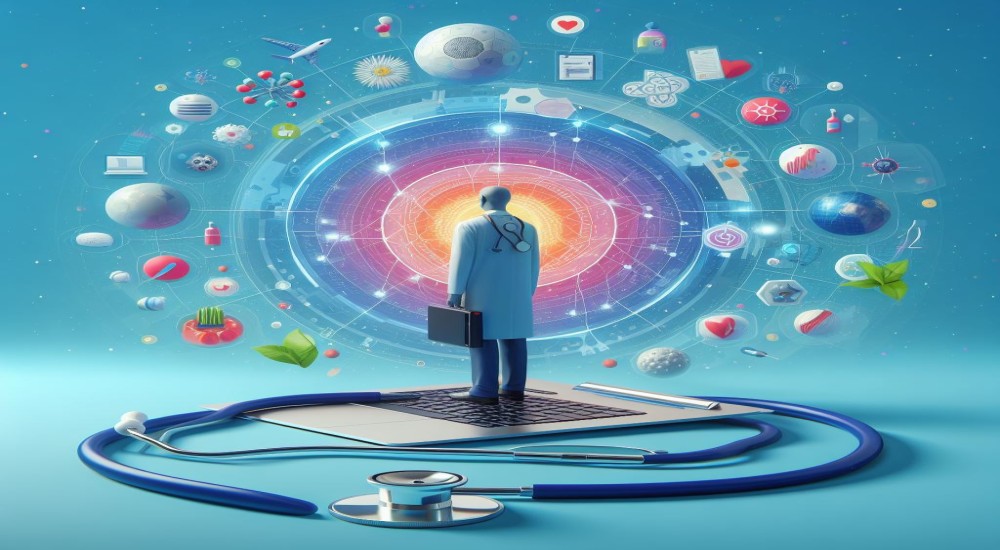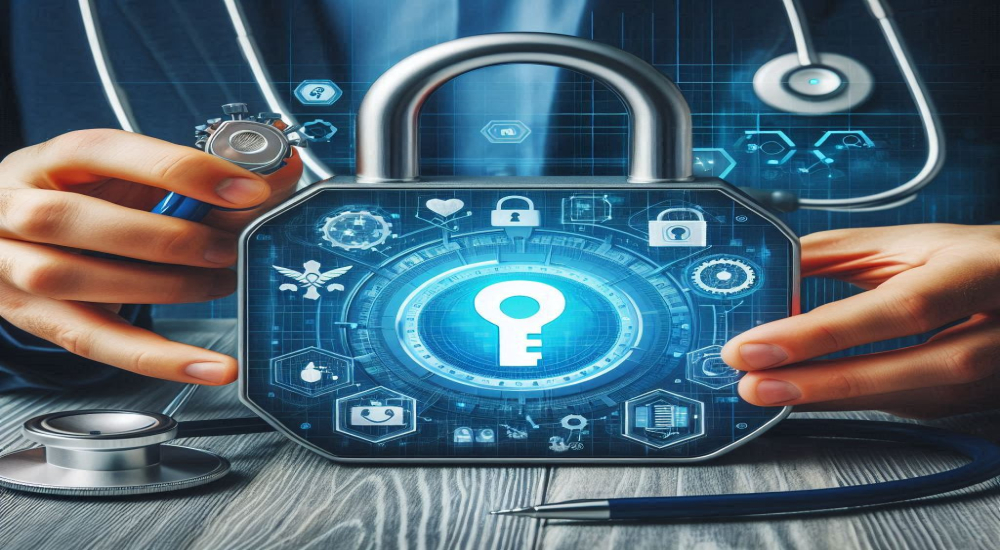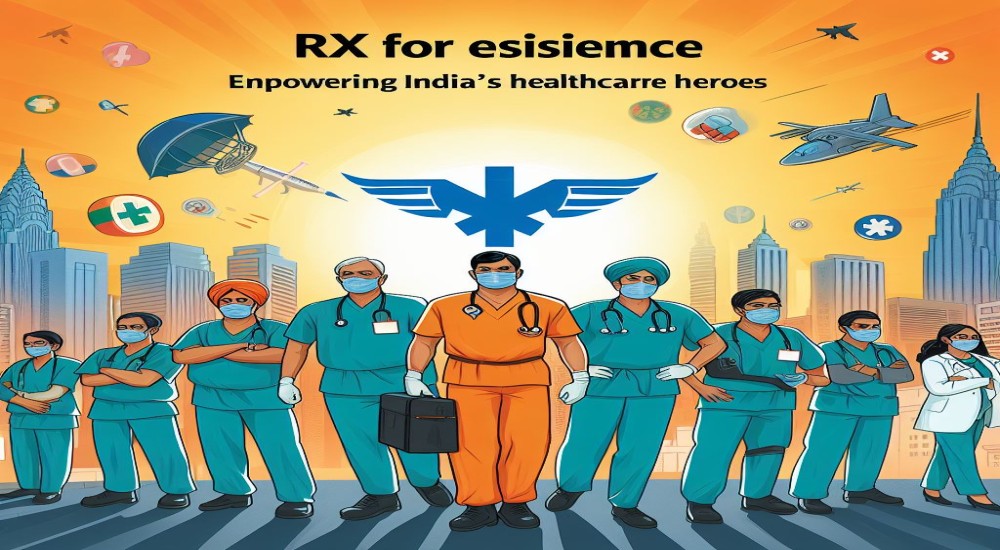5 Drawbacks of Telemedicine
Telemedicine is the latest trend in medicine that is revolutionizing healthcare across the world. It has changed the way we collect data and patients access their medical care. Gone are the days when crowded waiting rooms and long waiting lines were the norm, today patients can get a consult with their doctor on their smartphone or via a variety of apps. A decade ago it would be hard to find businesses and hospitals that had websites and online booking portals but these days its hard to find even a hedge clinic that isn't listed on Google, most hospitals and clinics have invested in their own wesites or apps and offer a variety of booking, cancellation and other features online.
This is mainly because the rapid spread of the internet, cheap smartphones have created a digital age that has fuelled massive rise in web apps. These apps have grown from simple games or programs to complex lifestyle and entertainment portals, as with any other industry so too does healthcare follow the trends of technology. Businesses and even medical facilities today have to have an online presence and a social media profile to stay relevant and profitable today, while technology has eased our lives in many ways they can sometimes end up a double edged sword.
Telemedicine is no exception to this, The COVID-19 pandemic impacted every sector and perhaps among the one that experienced the most turbulent changes is the medical sector.
THospitals and medical professionals across the board had to come up with innovative solutions to crowding, large number of sick people, quarantines enforced by WHO guidelines. One of the most popular and enduring solutions has been using Telemedicine to connect with and treat patients remotely.
There has been a nearly 200% increase in the use of Teleconsults now as compared to before the start of the COVID pandemic. Some fields such as Neurology, pain management, gastrointestinal, endocrinology, psychiatry saw the greatest use of Telemedicine software to cater to their patients. The upward trend in remote healthcare monitoring came with its own set of drawbacks too.
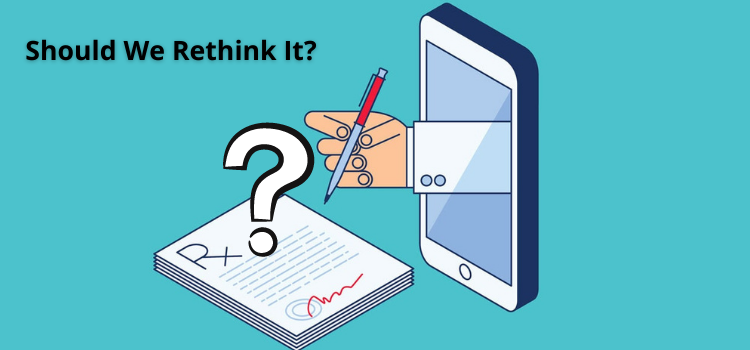
-
UNIQUE CHALLENGES
Even in today's information age we can find that internet connectivity is unevenly distributed especially in remote locations and among the poorer socioeconomic groups. This means that they either lack an internet connection (true in most rural areas both in developing and developed countries) or spotty connectivity at best. It may be surprising to learn but quite a large number of households have only one device that is connected to the internet and that is usually a smartphone owned by a younger member of the family.
Smartphones are ubiquitous these days but their penetration into populations varies widely and can be very poor depending on the country and the economy. This means that the patients who are most vulnerable often have limited to no access to Telemedicine. All this despite concentrated efforts by the government to address the issue.
A large section of the population and even doctors are not exactly tech savvy and have poor knowledge of computers and complex UI's. This can be a great barrier to accessing healthcare especially for the illiterate or poorly educated rural populations. Insufficient investments into infrastructure can also be a reason for unequal access to Telehealth and Telemedicine solutions.
One of the key issues with Telehealth service providers and using Telemedicine software is a concern over confidentiality of patient records and the data recorded during the video conference. Current guidelines by state and central medical agencies stipulate that all Teleconsults and online prescribing should be done with the highest ethical and clinical standards in mind. For billing, insurance and legal purposes a record of each consult and the patient details have to be stored.
This raises security concerns as many a time these records aren't stored securely, the data is sold to pharma or other companies, the health status or details of certain mental disorders are hacked, patient files can be vulnerable to hackers, ransomware attacks etc.
Though the industry demands strict data privacy and compliance to HIPAA regulations very few companies do it since HIPAA compliance and certifications can be expensive and take a long time to be approved. Very few companies operating outside the US or the west follow such confidentiality rules. In countries like India where many a time confidentiality is almost completely overlooked patients can have a hard time trusting a digital system with their medical data.
Even though every country including India has laws protecting patient confidentiality the poor enforcement and relatively minor punishments for infractions don't inspire confidence in the system. Private patient data can be used without consent by a variety of fields allied to the medical field such as pharma research, sales, device marketing, home care, products and supplements etc.
Medicine can sometimes be more of an art than a science as quoted by Dr. House in the popular daytime soap House MD. Even when examinations are done in person and in a thorough and organized manner there are possibilities of signs/symptoms being overlooked mainly due to operator error, physician skill and other environmental factors. All this despite stringent controls and protocols.
These errors can increase exponentially over a video consult where the quality of the video/audio can't always be guaranteed, there is difficulty in visualizing the areas to e examined, patient can be reticent, clear accessor self assessment by patient without assistance or training is impossible. Lets take the simple example of palpating for swollen lymph nodes, its a simple procedure for any doctor or nurse practitioner to do but may be very hard for a patient to do themselves.
For paediatric cases, patients with psychiatric issues trying to assess their condition can be hard as they are usually non cooperative, easily distracted. This can easily complicate diagnoses for counsellors. Another issue with Telemedicine is the issuing of prescriptions for various conditions. There is higher probability that prescriptions will not be completed by the patient, they will be misused by a relative or friend, medication hoarding or abuse etc.
Many a time its hard to securely send a scrip over the net and doctors are themselves hesitant since their license would be in jeopardy if there is any misuse or red flagging of their ID's. Misdiagnosis can be fatal if there is an emergent condition that the physician fails to recognize or follow up with on a video call.
IMPERSONAL TOUCH
For many patients the entire experience of consulting with their doctor over a video based consult can feel cold and impersonal, this means that they are less likely to feel at ease or comfortable and this directly translates into patients sharing less information , leaving doorknob questions unasked. This is particularly true of problems of a sexual, reproductive or psychological nature.
Children and vulnerable adults have a hard time going through a prolonged clinical examination or group session online as they usually have higher anxiety levels and are more easily distracted. Their experience with such a consult will definitely be poor.
BILLING AND TIME
Many doctors and patients are not interested in changing the status quo and prefer things old school. This can be a detriment when healthcare providers are more eager to cut short online consults and go to the next task.
Another nightmare can be consolidating and getting your insurance provider to bill or recompense you for telemedicine consults. Many companies refuse to recognize or provide coverage for Telehealth thus driving up costs or their reimbursement is glacially slow thus discouraging patients from opting for this option.
CONCLUSION
While Telemedicine is here to stay and can create many positive changes in the healthcare industry as a whole, there are still concerns regarding the Quality of care, billing, privacy and access and training. These are important concerns and when we find many extolling the virutes of Telemedicine we should always take it with a pinch of salt. These concerns can and should be addressed at both the software and policy levels to make sure that this wonderful innovation truly delivers all that it is capable of.

